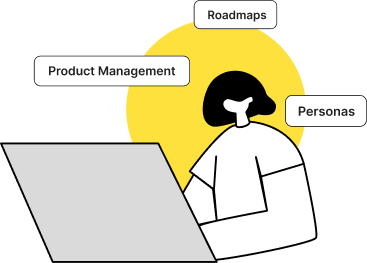Design is a way of life, a point of view – Paul Rand
Designing a product teaches you a lot of lessons. And often what I found interesting was that these are not just specific learnings for the product, but are largely universal in nature and can be applied in other aspects of your life as well. I think that’s the reason we see a number of designer-turned-entrepreneurs solving everyday problems. Below are a few of my key learnings which I would like to share.
Getting the conceptual model right
Have you ever wondered why some of your decisions which you thought would be great successes, turned into disasters? Or for that matter, why do some products of even world-class companies fail in spite of all the talent and resources invested(remember Google Wave)? One major possibility is that the conceptual models were wrong. When I first read about the term a few years back in ‘Design of everyday things’ by Don Norman, it opened my eyes to how one thing which works well in a particular context might fail to do the same in a different context.
Understanding the mental models of the people involved and the context we are going to operate in will help us make the right decisions and build the right products. If that understanding is flawed, regardless of how efficiently you execute, something will still fail. It’s all about reducing the gap between our assumptions and reality. Research and testing can help you greatly in this regard
Embrace complexity to find simplicity
Most of the problems that we, as a society, have handled recently, say the pandemic, for example, is difficult because of its complex and interconnected nature. These problems have a lot of constraints and finding a direct solution might not be possible. And the same applies in our everyday life. You never know how a change in the overall ecosystem might affect your plans. What I realized was, the more you ignore complexity in the initial stages, the worse it gets eventually. So though it is easy to be simplistic and consider things linearly, it’s better to embrace complexities and make strategic decisions accordingly.

Empathy is a superpower
Recently, I heard about a case study of how a small change from a ‘play’ icon to a ‘call’ icon resulted in 980X growth in engagement of tier 3 government school teachers. But what’s important is how the team discovered this change. When the team spent a lot of time closely observing the teachers, they realized that the teachers were actually not used to the play button in their real lives. Whereas the call button was the one which is more familiar to them. Though this might be a small observation, the amount of impact it makes is enormous. There are a number of similar examples that show the importance of empathy. Your ability to deep dive, understand what others are thinking and feeling will help you add a lot of value.

I believe there will be a lot more design learnings that I can apply to life as my journey continues. Thanks for reading through and feel free to share your comments and feedback.
Thank you.
